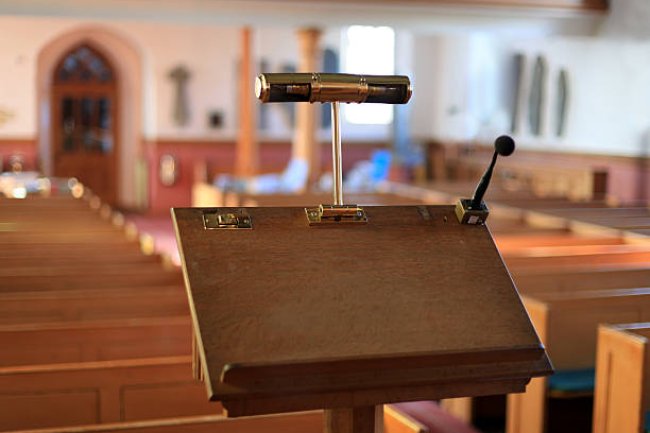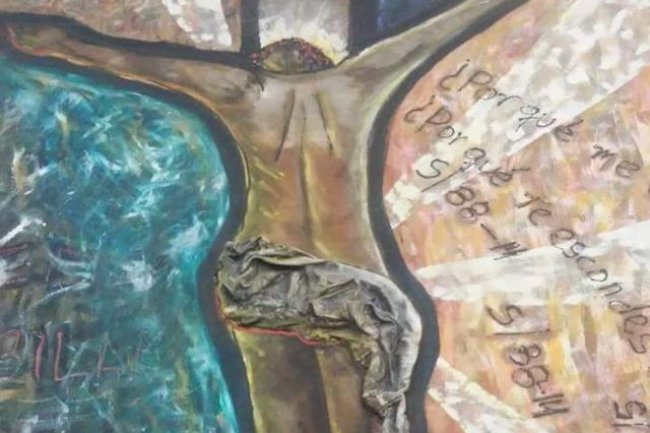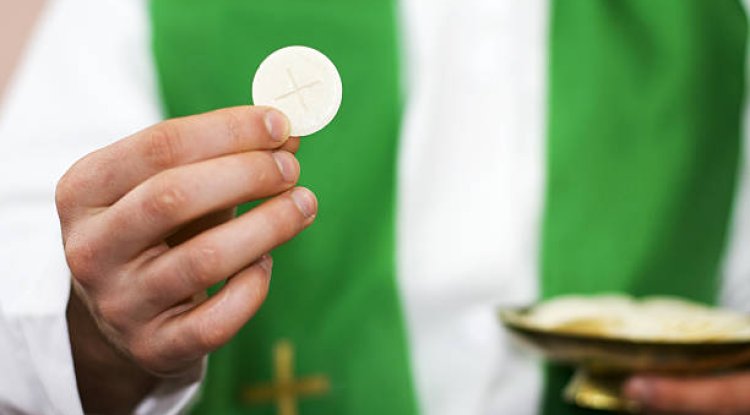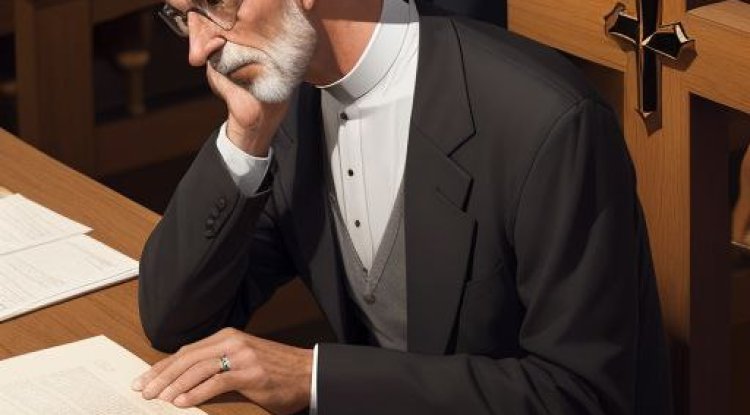THE SACRIFICIAL LAMB IN THE TEMPLE
HOMILY FOR THE FEAST OF THE DEDICATION OF LATERAN BASILICA. Readings: Ezekiel 47:1-2.8-9.12; Psalm 46; 1Corinthians 3:9-11.16-17 and John 2:13-22.
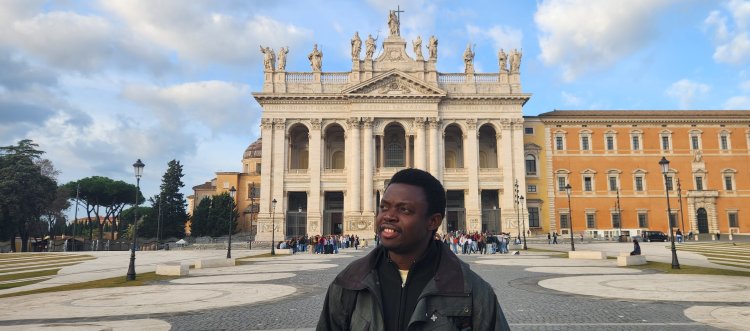
Virtually every day, I witness different groups of pilgrims making their pilgrimage to St. John Lateran Basilica in Rome; this has stirred my curiosity about its significance for us and the reasons behind the Church’s special reverence for this Basilica. While reflecting on this, the readings of today helps us to juxtapose the Basilica and the Temple, where the true sacrifice is offered.
There are four Papal Basilicas in Rome, which are: St. Peter’s Basilica, Basilica of St. Paul, Basilica of St. Mary Major and Basilica of St. John Lateran. Today, we celebrate the dedication of the Basilica of St. John Lateran. The word “Lateran” is from Latin: Lateranus, from the ancient Roman Laterani family. They own the Lateran Palace in Rome, which eventually became the imperial property and Emperor Constantine the Great, gave this property to the Church around 311 AD after his conversion. The Lateran Basilica is the oldest church in Rome and the first official Christian Basilica ever built.
We will recall how Christians suffered persecutions in the early centuries till the time of Emperor Constantine the Great who legalized the freedom of worship and commissioned the Lateran Basilica around AD 324 during the time of Pope Sylvester I. This Basilica holds a special place as the mother church of all churches worldwide, and has served as the ecclesiastical seat of the Pope, long before St. Peter’s Basilica existed. Invariably, the Lateran Basilica is technically the cathedral church of Rome, not St. Peter’s. This Basilica has witnessed significant events and undergone numerous renovations and constructions. It has served as the residence of the Popes, the site of important ecumenical councils, and place of pilgrimage for countless faithful seeking spiritual solace and a deeper connection with their faith.
I recently discovered a mind-blowing secret in this Basilica, an awe-inspiring architectural masterpiece, intricate network, a communication system from one pillar to another without a visible gadget, and sacred relics housed within its wall creating a sense of reverence and awe. While contemplating on the magnificent physical structure of the Basilica, St. Paul in the second reading invite us to be the stones used in building a spiritual temple, of which the foundation is in Christ.
As we have it in the first reading, from the temple water flows eastward, bringing life and freshness to everything it touches, with fruits trees along its bank providing food and healing. Ezekiel saw something that never existed in the temple before: a river flowing directly from the temple. He uses this imagery to affirm that the new temple, like the old, will be a font of blessing for Israel. Significantly, the river does not come from a king’s palace or a government building; nor from the market or business places. It comes from God’s house. God promises to renew His people and bring life to what was dead.
Instead of the temple to be blessings for the people and a place to encounter God, some political, religious and economic leaders hijacked it and were using it for their business purpose as seen in the Gospel- John presents to us the purification of the temple. We were told the Passover of the Jews was at hand, and Jesus went up to Jerusalem and found those doing business- buying and selling in the outer court of the temple. In anger, he overturned the tables of businesses saying, “Take these things away, you shall not make my Father’s house a house of trade” (Jn 2:16).
With this, we are tempted to ask: why was Christ angry or why did he act in anger? What Christ found in the temple is a new form of corruption, suppression and oppression. Christ was angry because the people were entering into a relationship with God by way of money. With the crowd expected to be in the temple on this feast day, they all had to pay the temple tax, for the upkeep of the temple services and the temple authorities known as the Sadducees.
The temple authority required that the tax be paid in the Jewish currency/special coin, because other coins bore images of foreign rulers and were regarded as idolatry by pious Jews, which the commandment/Decalogue also condemns (you shall not make for yourself a graven image) Ex. 20:4. This made the moneychangers do so much business in the temple. They capitalized on this to exploit and extort the pilgrims that had come for their sacrificial worship. This exploitation was sponsored and encouraged by the high priest Caiaphas, and anyone who challenges his profit-making business is liable to death. It is on this note we see the zeal for the Father’s house that consumed Christ. Christ is not anti-temple, but anti-exploitation. He acknowledges the temple as his Father’s house, and insists that it be treated with the reverence due to the house of the Lord.
The Jewish law also demanded “Unblemished animal for sacrifice” (Lev. 22:17-21) and so there was need to give priority to animals purchased in the Temple. All these were legal but were used to oppressed the poor who could not purchase the expensive items for sacrifices at the temple. Christ was against this oppression because he came not only for the rich but also for the poor, so that we all can have access to the temple for true worship. Unknowing to them that He is the Lamb for the Sacrifice in the Temple.
Importantly, Christ driving the moneychangers and animal vendors out of the temple bore a Messianic overtone because the prophet Malachi had foretold the coming of the Messiah who will suddenly enter the Temple to purify the sons of Levi (the priests of the temple), so that acceptable offerings could be made (Mal 3:1). The temple officials were aware of this prophesy and when they saw the action of Christ, they understood Him and asked for a sign. In response, he said, “Destroy this temple and in three days I will raise it up” (Jn 2:18). Christ spoke here of the temple of his body, he already knew these religious leaders will do their best to destroy his body but will not succeed and the three days here refers to his passion, death and resurrection, which they could not understand.
In a nutshell, the message of today calls us to respect the Temple of God, the place of our worship. Let our interest for money not take precedence over the true worship of God in the Temple. Also, by chasing animals from the temple, Christ symbolically abolish animal sacrifice and ended the temple worship, just as he told the Samaritan woman that a day is coming, when true worshippers will no longer worship in the temple of Samaria or Jerusalem, but they would worship God in truth and in Spirit (John 4:23). Abolishing the animal sacrifice, he introduced to us the sacrifice of his body and blood to replace the old. In his first sign in John’s Gospel, He turned water to wine (John 2:1-11), and at the end of his public ministry, he turned this wine to his blood, which is the sacrifice needed for the purification of the temple. Hence, let us guard against idolatry and collectively address issues that will foster a more prayerful environment in our parish and religious communities.
Happy Feast Day!
Fr. Ken Dogbo, OSJ
What's Your Reaction?








